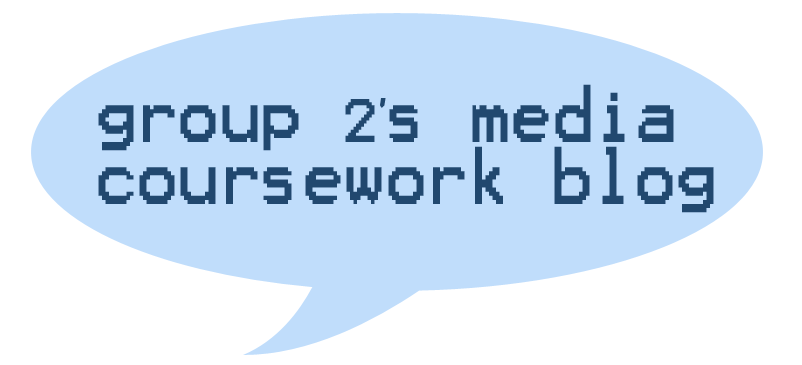Opening sequence:
Tom is in a coma. He is trapped in a metaphorical white room inside his mind, hallucinating. These are hallucinations based on his memories with his ex-girlfriend, Maya. We then see the title 'Six months earlier' and the rest of the film shows the events leading up to this coma.
Rest of film:
The story starts when Tom meets Maya on a bus. They get talking and end up going on a date to cafe. They go on several more dates and it is evident that Tom is very much in love with her: infatuated. The audience can see that Maya is not as keen on him as he is on her, but Tom doesn't notice (dramatic irony?).
On one date, Maya breaks up with Tom because she doesn't feel it is working. Tom doesn't take it well. He can't accept their separation and continues to stalk her.
The film comes to a climax when Maya sees him looking into her window an confronts him. It ends in a violent fight in her kitchen, and in a moment of anger and passion, he grabs a knife and stabs her. Realising what he has done, he decides he cannot live without her, or with the guilt, and stabs himself too. Missing the fatal spot, he is taken to hospital in a coma.
The final scene shows the life support machine being switched off.
We then see Tom in his metaphorical white room in his mind again, the four walls falling down and the bright white cuts to black: he is dead.
[Please note that this planning is no longer relevant to our final idea, only our original idea, as we changed our concept: see our change of idea post]











